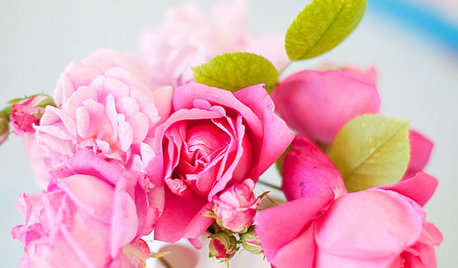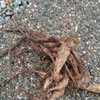I am new to the world of bulbs and a couple months ago decided to plant some spring blooming Leucojum Aestivum along with crocus and bluebells. The bulbs are in the same planter and all were planted at the depth and separation suggested to me by the nursery staff. I live in a generally wet area by the sea that gets a great amount of rain during the winters. However, we've had skittish weather lately that have caused most of my bulbs to sprout. I read a few other posts that said this isn't necessarily something to worry about and since I live in northern California where the winters are comparatively mild to the rest of the US, I'm guessing that the sprouting is the least of my worries.
I have never planted bulbs before, ever. So when I noticed that most were sprouting but one area was bare, I pulled aside the soil to check. That bulb was one of my Leucojum Aestivum, but it was reduced to orange goo. I assumed this was not good because I saw no signs of a usable bulb in it. All was mush. My other snowflakes were fine, but that one bulb was just awful.
What does that mean and how should I handle it?
If the bulb is rotten, could I plant another bulb in it's place ? (I know it's late but it was just 76 degrees here yesterday so it could still work...)
And lastly, we may not get snow, but we certainly get frost in my area. Should I be worried for my already sprouted bulbs?
Thank you for any advice you may have!








calistoga_al ca 15 usda 9
flora_uk
Related Professionals
Glen Ellyn Landscape Architects & Landscape Designers · Middle River Landscape Architects & Landscape Designers · Bethel Park Landscape Contractors · Cliffside Park Landscape Contractors · Englewood Landscape Contractors · Fort Payne Landscape Contractors · Hayden Landscape Contractors · Mercedes Landscape Contractors · Northport Landscape Contractors · Smyrna Landscape Contractors · Soddy Daisy Landscape Contractors · Tigard Landscape Contractors · Wheat Ridge Landscape Contractors · Forest Hill Landscape Contractors · San Pablo Landscape Contractorsgardenerme
vetivert8